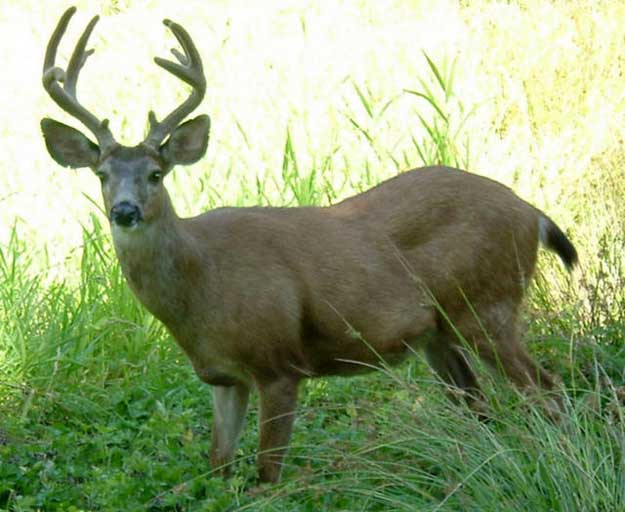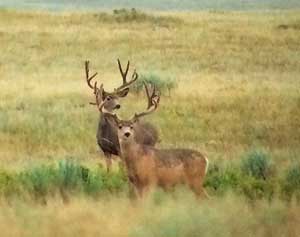By: Parrey Cremeans

My first hunt was on August 1, and I was guiding a bowhunter on a private land management program. The State of California, in conjunction with outfitters and landowners, has a program that allows the landowner and/or the outfitter to improve their lands for wildlife. Then the state allots the landowner or the outfitter a certain number of tags, depending on the amount of property that he or she has improved for wildlife.
Landowners and outfitters have to pay to be in this program but can buy tags at a reduced price from the tags available in the statewide lottery. If you have a landowner tag that was purchased because the landowner improved his habitat for wildlife, you can hunt from August 1 until November 30. California has very few blacktail tags for September bowhunting, and those tags come at a premium price because that time is during the rut here in California. There are not a lot of tags to be had during the deer rut in California with a gun, a bow or a crossbow.
 After October 20, in northern California, a migration occurs of blacktails and mule deer coming off of public lands where they have had a lot of hunting pressure. They then mainly reside on private lands with little or no hunting pressure. In November, we can hunt three different types of deer – blacktails, mule deer and hybrids, a cross between the blacktail and the mule deer. Most of the genetic makeup of those hybrid deer will be about 60% to 80% blacktails. These blacktails look exactly like the true Columbian blacktails, but oftentimes a hybrid will have antlers 2-3 inches longer than the pure blacktails and weigh maybe 50 pounds more than them.
After October 20, in northern California, a migration occurs of blacktails and mule deer coming off of public lands where they have had a lot of hunting pressure. They then mainly reside on private lands with little or no hunting pressure. In November, we can hunt three different types of deer – blacktails, mule deer and hybrids, a cross between the blacktail and the mule deer. Most of the genetic makeup of those hybrid deer will be about 60% to 80% blacktails. These blacktails look exactly like the true Columbian blacktails, but oftentimes a hybrid will have antlers 2-3 inches longer than the pure blacktails and weigh maybe 50 pounds more than them.
We are really fortunate to have a landowner elk tag for the first week of August hunt. We receive one of those tags every year, and we sell that tag to a hunter. Every year, the hunter who buys that tag will take a bull that scores 350 inches or more. On the first week in August, we generally see 8-20 blacktail bucks each day we hunt that will be from 90 inches up to 150 inches.



























